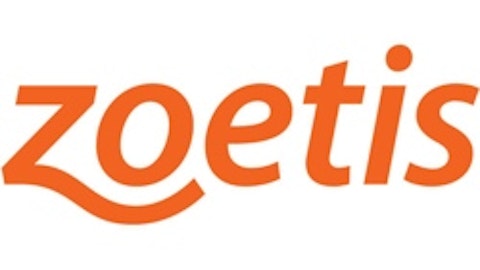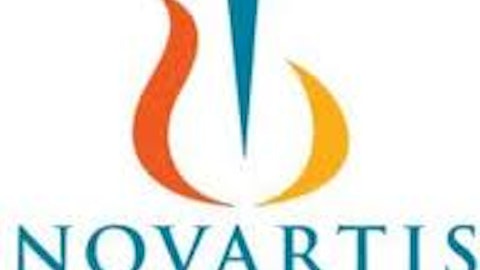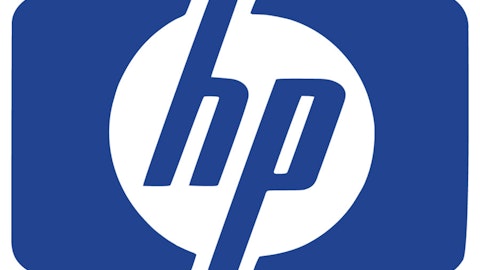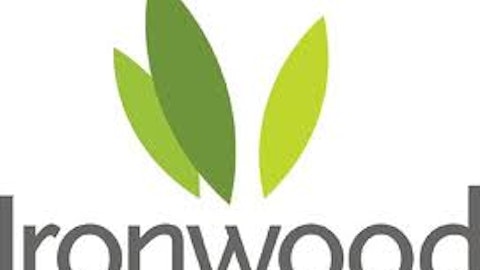Opportunities:
- Acquisitions: In November 2012, Pfizer acquired NextWave Pharmaceuticals Incorporated, and further acquisitions could introduce trailblazing products and technologies to the company, which could fuel sales growth
- Dividend Growth: Since implementing their dividend program in 1901, Pfizer has consistently raised their dividend payouts and is widely expected to continue to do so into the future

- R&D: In 2012, Pfizer poured over $9 billion into research and development, and any innovations or products stemming from this investment could provide opportunities to the company

- Pipeline: As of Feb. 28, 2012 the company possessed 90 total discovery projects in its pipeline, with 26 in phase 1 trials, 35 in phase 2, 18 in phase 3, and 11 in regulatory phases, filling the company’s future with potential opportunity and growth
Threats:
- Expiration of Patents: In March 2012, Pfizer’s patent for Viagra was originally scheduled to expire, but it was extended to April 2020. However, other major patent expiration dates are rapidly approaching, and if Pfizer is not able to win a continuation of their patent rights, generics will be produced and destroy Pfizer’s pricing power
- Legal Issues: The company is not a stranger to legal battles with users of its products, and while these lawsuits are usually on a small scale, any legal issues could cut into profits
Competitors:
Major publicly traded competitors of Pfizer include GlaxoSmithKline plc (ADR) (NYSE:GSK), Bristol Myers Squibb Co. (NYSE:BMY), Johnson & Johnson (NYSE:JNJ), and AstraZeneca plc (ADR) (NYSE:AZN). All of these companies operate in the same industries as Pfizer and compete directly with the company. GlaxoSmithKline is valued at $111.86 billion, pays out a dividend yielding 5.14%, and carries a price earnings ratio of 16.22. Bristol-Myers is valued at $60.38 billion, pays out a dividend yielding 3.83%, and carries a price earnings ratio of 31.72. Johnson & Johnson is valued at $211.06 billion, pays out a dividend yielding 3.20%, and carries a price earnings ratio of 19.67. AstraZeneca is valued at $56.94 billion, pays out a dividend yielding 6.13%, and carries a price earnings ratio of 9.16.
The Foolish Bottom Line:
Financially, Pfizer is relatively solid. The company possesses steady revenue growth, a diversified product portfolio, and a growing dividend. However, the company holds a negative free cash flow position and a rather substantial debt load. Looking forward, Pfizer has strategically planned for the future and possesses a strong product pipeline. All in all, while Pfizer may not present the highest rate of growth to investors, solid and stable returns should be seen by investors for decades to come.
The article A Global Biotechnology Company in its 164th Year originally appeared on Fool.com and is written by Ryan Guenette.
Copyright © 1995 – 2013 The Motley Fool, LLC. All rights reserved. The Motley Fool has a disclosure policy.





